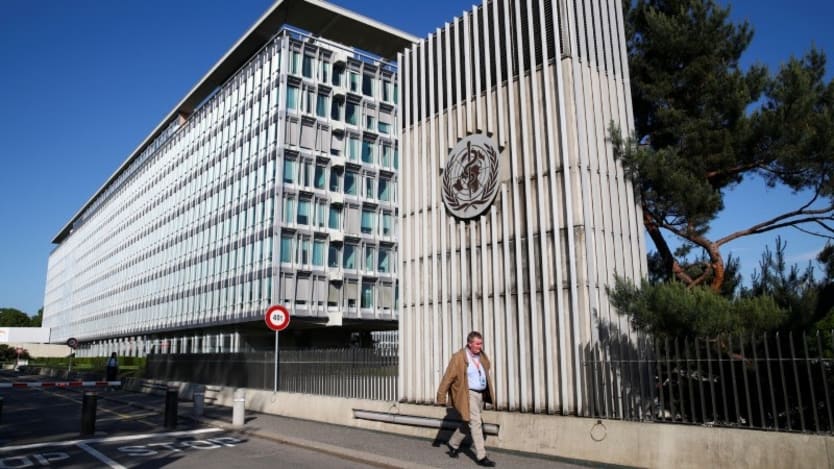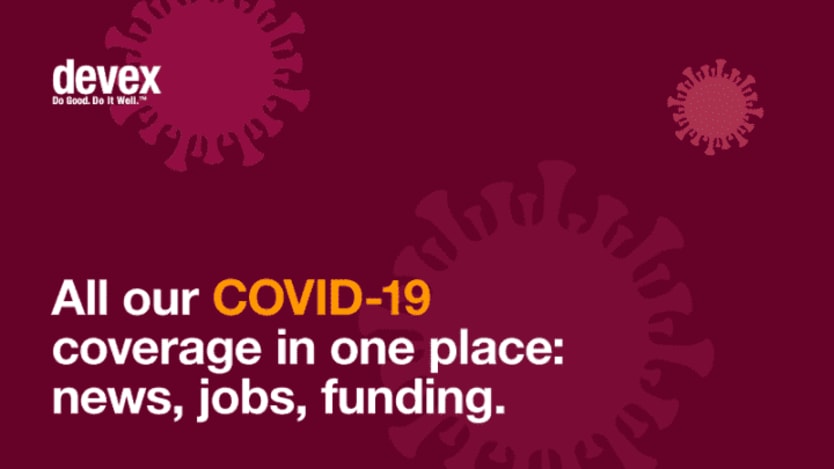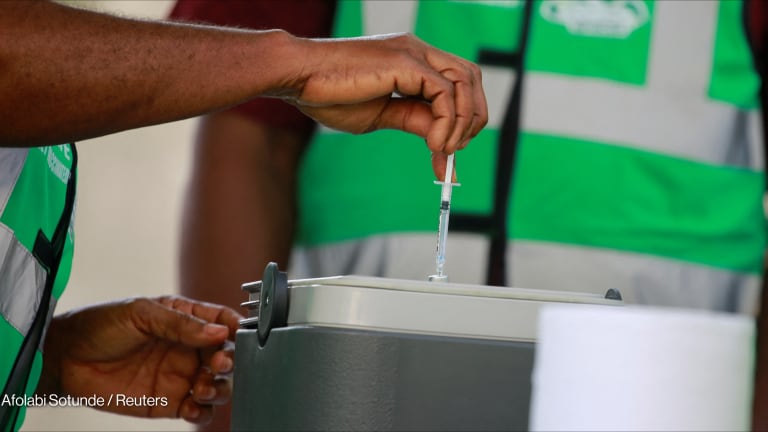
MANILA — An interim report of the Independent Oversight and Advisory Committee for the World Health Organization’s Health Emergencies Programme has recommended that member states review and update the International Health Regulations “to reflect lessons from the pandemic.”
Battered with criticism, what's next for WHO?
COVID-19 is WHO's biggest emergency, but politics is its biggest headache. We ask experts what the world really wants from WHO.
The IHR is an internationally binding treaty that outlines WHO and member states’ obligations in a public health emergency, and many of the issues the committee found in its report related to this treaty.
On Jan. 30, WHO declared COVID-19 a public health emergency of international concern, the highest alert the WHO chief can issue under the IHR. But the committee said member states’ actions varied following the announcement, raising questions about how serious member states take a PHEIC declaration.
The committee said the design of the PHEIC “is very broad.” It can be applied to an outbreak within a country, as in the case of the ongoing Ebola outbreak in the Democratic Republic of the Congo; a regional outbreak, such as the Ebola crisis in West Africa; as well as an outbreak that affects all regions of the world, which is the case with COVID-19.
Thus it encouraged member states to consider the necessity of additional measures to the IHR, such as “stepped level of alerts,” which seems similar to a traffic light system that WHO Director-General Tedros Adhanom Ghebreyesus has mentioned several times when it comes to alerting the world to emergencies.
The committee also said member states may consider whether to improve the transparency of the emergency committee process — which happens behind closed doors — and review IHR focal points — organizations that are state-appointed — in countries to determine whether they’re able to “adequately raise the alarm” to government ministers after a PHEIC declaration.
The review also looked at the quality of countries’ data reports on COVID-19, noting that its varied nature makes it difficult for WHO to analyze the outbreak and compare countries’ readiness to the pandemic.
Member states may also want to reassess WHO’s role in providing travel advice during a pandemic — which is also part of the IHR framework — since 100 member states implemented additional travel measures beyond WHO’s recommendations.
Data around COVID-19 is a mess and here's why that matters
Data plays a critical role in the COVID-19 response. But gaps in data could distort predictions and response to the pandemic.
“This pandemic has called into question whether the existing roles and responsibilities that the IHR assign to the WHO Secretariat and to Member States are widely understood, fit for purpose and still appropriate for a pandemic,” the report states.
WHO’s Health Emergencies Programme
The committee said WHO’s internal communication and decision-making processes “have been greatly improved” under the COVID-19 pandemic and encouraged the organization’s continued engagement with partners.
However, the WHO health emergencies program’s incident management support team “is overstretched due to the huge demand generated by the pandemic,” while at the same time its budget is “too modest” to implement all activities needed to support member states during a health emergency.
In addition to the pandemic, the health emergencies program is responding to 60 graded crises globally, five of which are classified as grade 3 crises, meaning it requires substantial WHO response, as of May 2020, according to the report.
For COVID-19 alone, WHO requires $1.7 billion until December 2020. However, as of May 15, the aid agency has received only 36.2% or only over $600 million of its ask.
An independent review
The committee acknowledged that its report was interim and not a comprehensive assessment of WHO’s response to COVID-19.
“In keeping with the IOAC mandate, it is a compilation of observations of how the structures and processes established by WHO, through the WHE Programme and related mechanisms, functioned from January to April 2020 in the context of the COVID-19 response,” according to the report.
It doesn’t address some of the burning questions people have, such as when did China learn of the disease, when did it inform WHO, where did it happen, and how did it start.
The report recommends that “it may be useful, at an appropriate time, to independently assess the Organization’s performance during this response and identify lessons for the future.”
Follow our coverage of the World Health Assembly for the latest news and insider conversations on universal health coverage, global health security, and WHO reforms.
That assessment, it says, should be determined by member states and cover both WHO and member states’ actions in response to the pandemic.
A draft resolution, led by the European Union and co-sponsored by a number of member states, has been the subject of negotiations in the lead up to the 73rd World Health Assembly.
Two of the main points that attracted significant attention were issues on access to COVID-19 technologies and a proposal to pool patents for these technologies and calls for a “stepwise process of impartial, independent and comprehensive evaluation” of the WHO-coordinated response to the pandemic that the WHO director-general welcomed.
In his speech before member states at the opening of the 73rd WHA on Monday, WHO chief Tedros Adhanom Ghebreyesus said he will initiate an independent evaluation of the response “at the earliest appropriate moment.” This will help take stock of lessons learned from the response, and ways to improve national and global response to a pandemic in the future.
“To be truly comprehensive, such an evaluation must encompass the entirety of the response by all actors, in good faith,” he said.
Visit our dedicated COVID-19 page for news, job opportunities, and funding insights.









